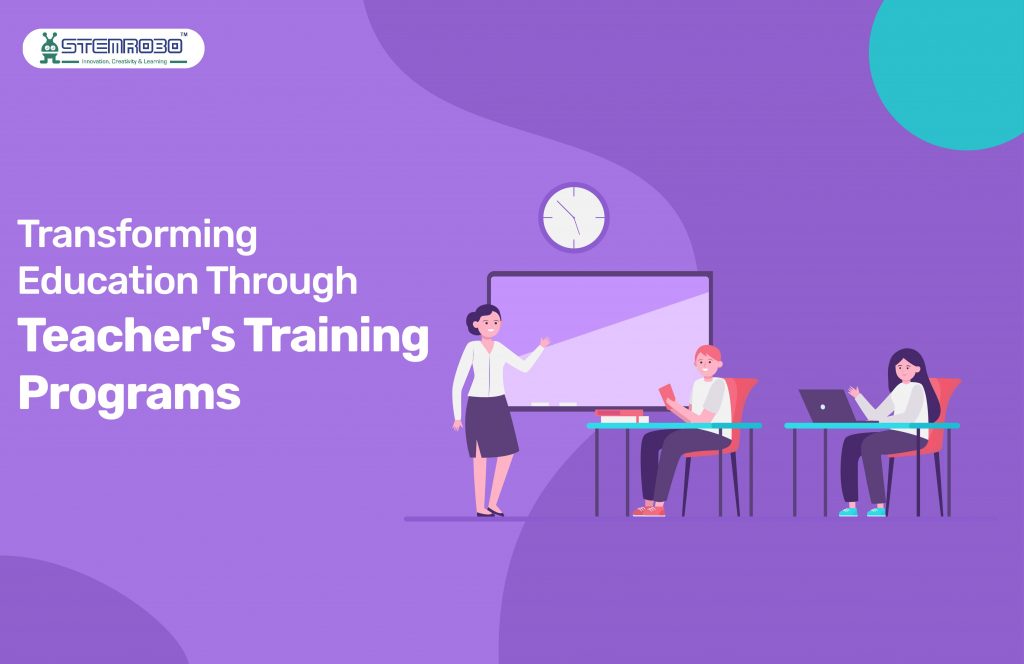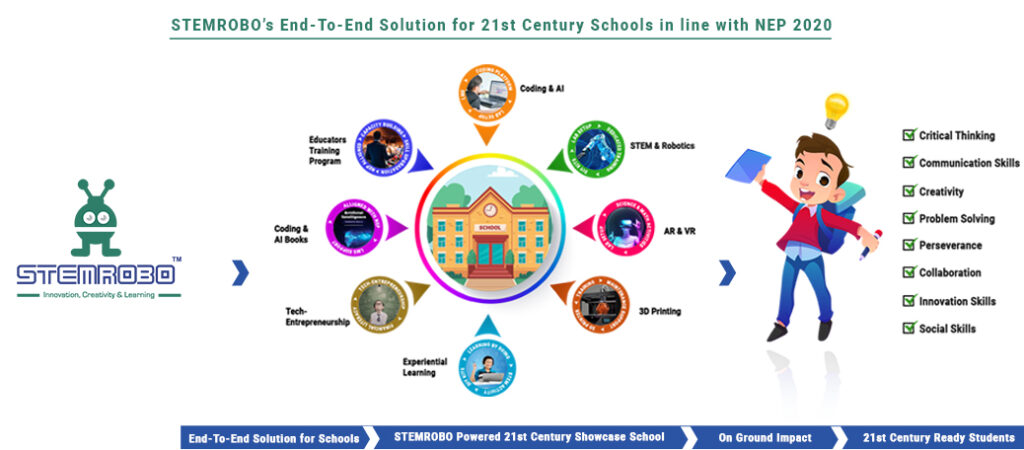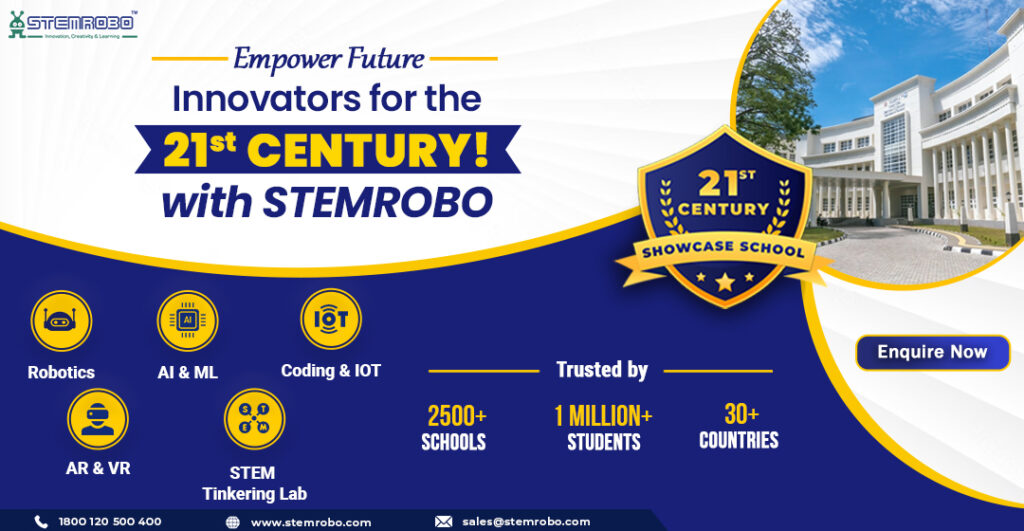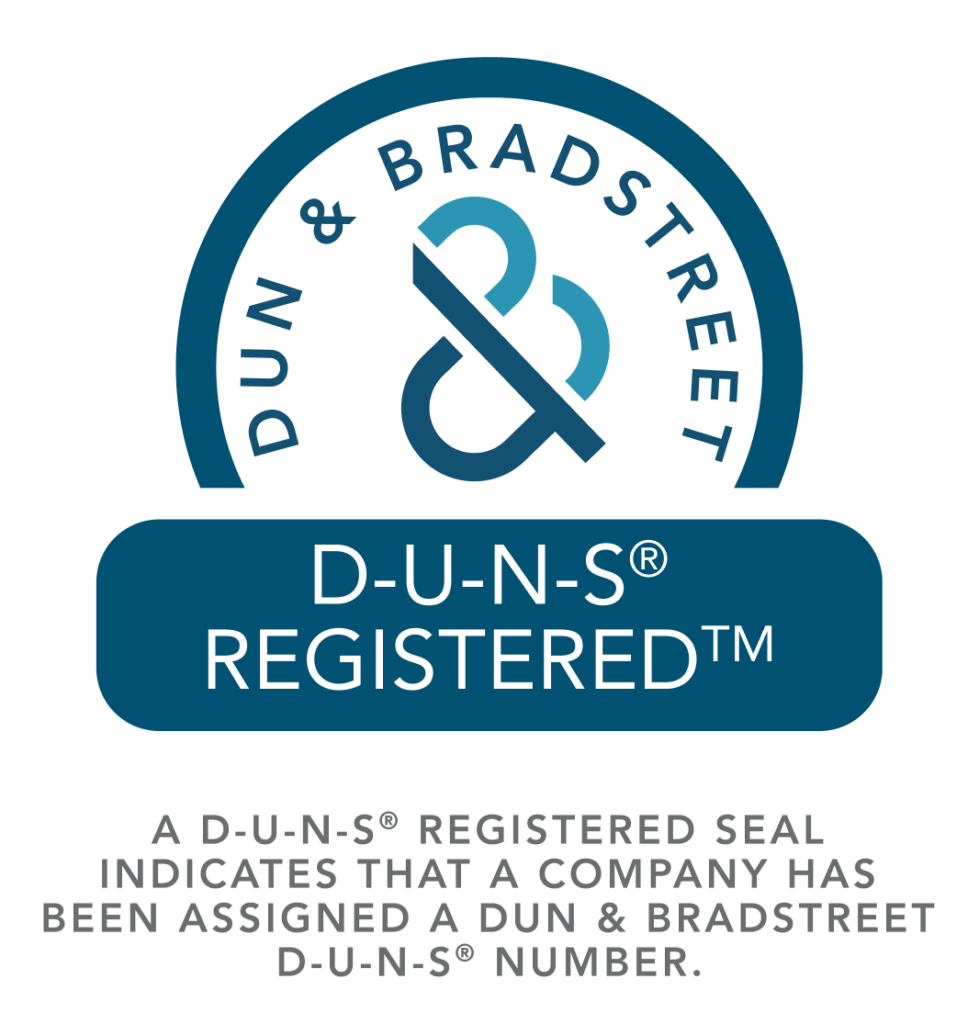Transforming Education Through Teacher’s Training Programs
In today’s fast-paced educational environment, a teacher training program is essential for imparting teachers with the skills and knowledge necessary to steer and elevate learners of tomorrow. As instructional technologies and methods become more dynamic over time, professional development is taking on greater importance. Teacher training programs help provide the educator with the latest trends in education and effectively guide the latest innovations in teaching methodologies within the classroom. Why Teacher Training is Essential The intention of teacher training programs is to equip educators with the skills and knowledge they require to deliver instruction of high quality to meet the requirements of the contemporary classroom. These programs include training on designing curricula, incorporating technology in the classroom, fostering creative teaching methods, and classroom management. Teachers can stay one step ahead of the game, ensuring they are poised to offer students an interesting and useful course of studies by engaging in this type of educator training. Benefits of Teacher Training Programs for schools and teachers With an effective teacher training program, you can improve your teaching ability and explore new opportunities in STEAM, robotics, coding, and artificial intelligence. You can gain opportunities in education through certificate programs sponsored by renowned educational bodies. Gain access to Tinker & Innovation Labs around the world, participate in experiential learning opportunities, and have the opportunity to positively impact young children at the grassroots level. Teacher training programs will give you the support you need to influence the direction of education, regardless of your level of experience. Teacher training programs effectively considers a wide range of educational needs such as classroom management, curriculum development, incorporation of modern technology, promotion of inclusive learning environments etc. These programs often include proposals and implementation components are included to ensure that teachers can incorporate their new findings into their teaching immediate practices The ability of these programs to improve productivity is one of their major advantages. Teachers can keep up with the latest educational technologies and practices to create a stimulating and engaging learning environment for students. Additionally, these courses often provide certifications that can significantly strengthen a teacher’s resume and open doors for professional advancement in teaching. Teacher education programs provide a collaborative learning environment where those with different backgrounds and skills come together to exchange challenges, best practices and experiences in addition to providing opportunities for personal development. This collaborative environment raises educational standards overall and improves individual student experiences. Integrating topics such as robotics, AI, STEAM and coding into the curriculum is becoming increasingly important to better prepare students for the challenges of the future. These topics are the focus of teacher training programs, which equip teachers with the skills and information needed to bring these topics to life in the classroom. By engaging in these programs, educators can ensure that students have the right resources for the future by bridging the gap between traditional education and the demands of the modern world. A school teacher training program is an invaluable tool for any teacher who wants to improve their abilities and keep up with the latest developments in education. In addition to providing vital training and certification, these programs support like-minded individuals committed to improving education in the future. By supporting these initiatives, schools ensure that their teachers are prepared to meet the challenges of the future, providing a better and more productive educational experience for students. Importance of STEM education for teachers Teachers need STEM education because it gives them the skills and information they need to educate students for the challenges of the 21st century. Teachers can help children develop critical thinking, problem solving, and innovation—all important in today’s technologically advanced world—by helping them understand STEM concepts. Teachers can also incorporate interdisciplinary strategies into STEM instruction, making learning more engaging and relevant. In addition to strengthening students’ understanding and memory of complex content, this fosters a love of learning and discovery. In the long term, access to the necessary training for STEM educators is essential to creating a future-ready workforce capable of solving global problems and improving society. Shape the Future of Education Regardless of your experience level, the STEMROBO Teacher Training Program provides the tools and support you need to succeed. Participation in this program will contribute to your future learning and personal and professional development. Working together, we can inspire young minds and build a pipeline of future leaders and innovators. STEMROBO’s teacher training program can help you improve your teaching skills! Explore the power of robotics, AI, coding, and STEAM! Having certificates backed by NSQF standards and approved by ESSCI and Skill India can open up countless possibilities for you in education. Access international Tinker & Innovation Labs, experiential learning opportunities, and the ability to inspire youth in the community. All schools can use this curriculum for their teachers and ensure that your teachers are not only aware of the latest developments in education and technology, but are prepared to give their students the tools they need to succeed in the world in a rapidly changing world Don’t miss the opportunity to contribute to this life-changing experience and leave a lasting impact on education.
Transforming Education Through Teacher’s Training Programs Read More »








